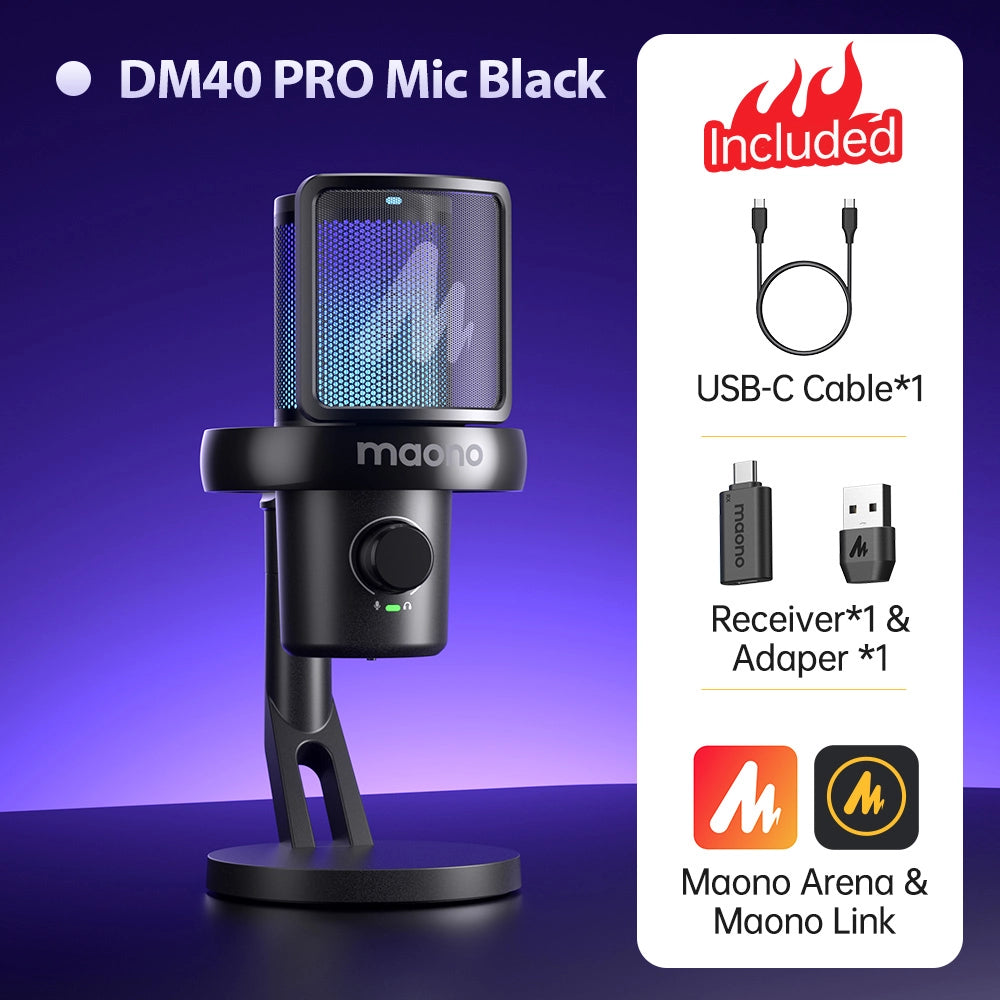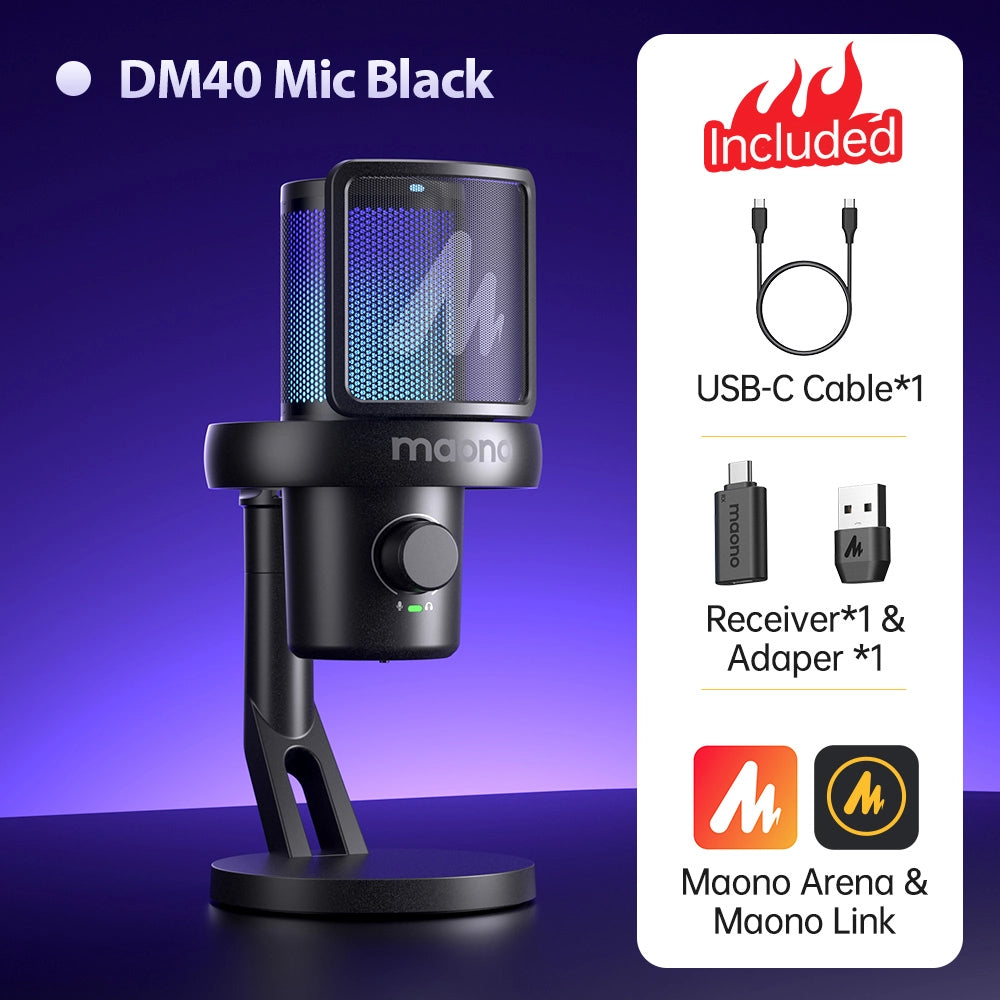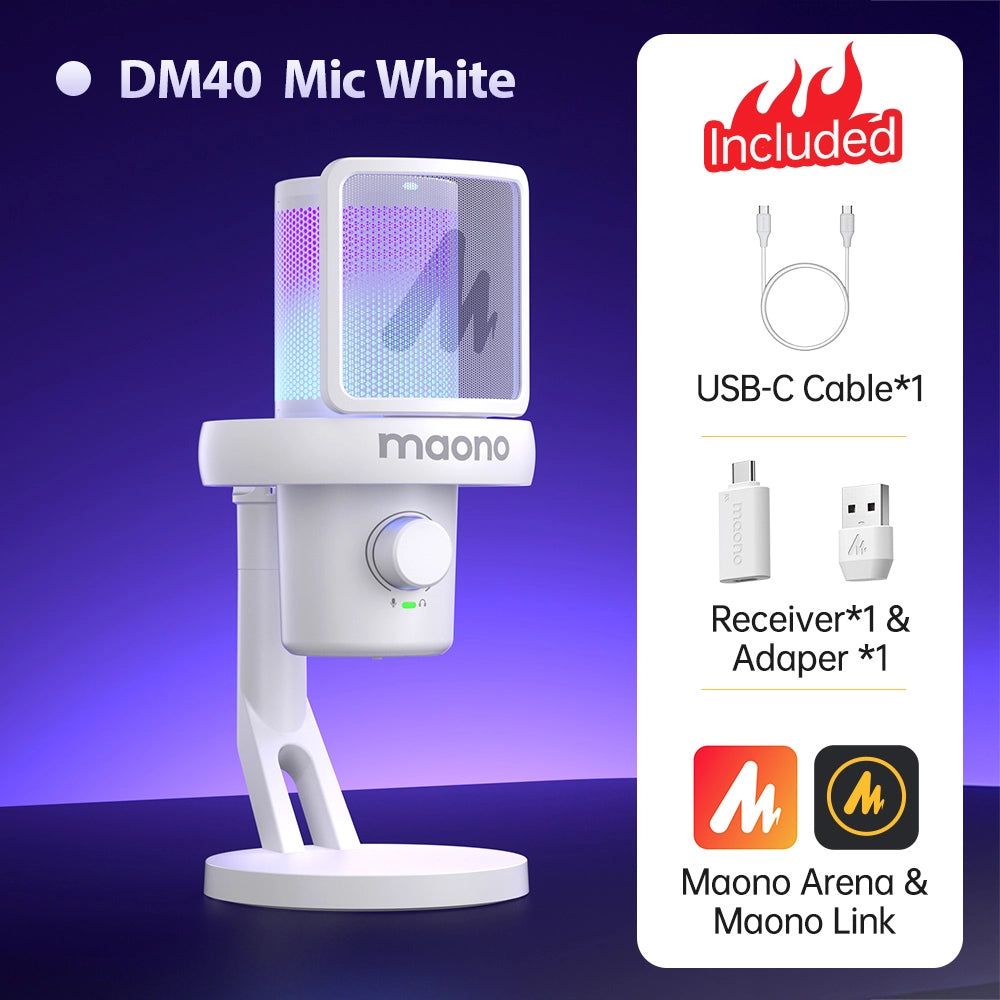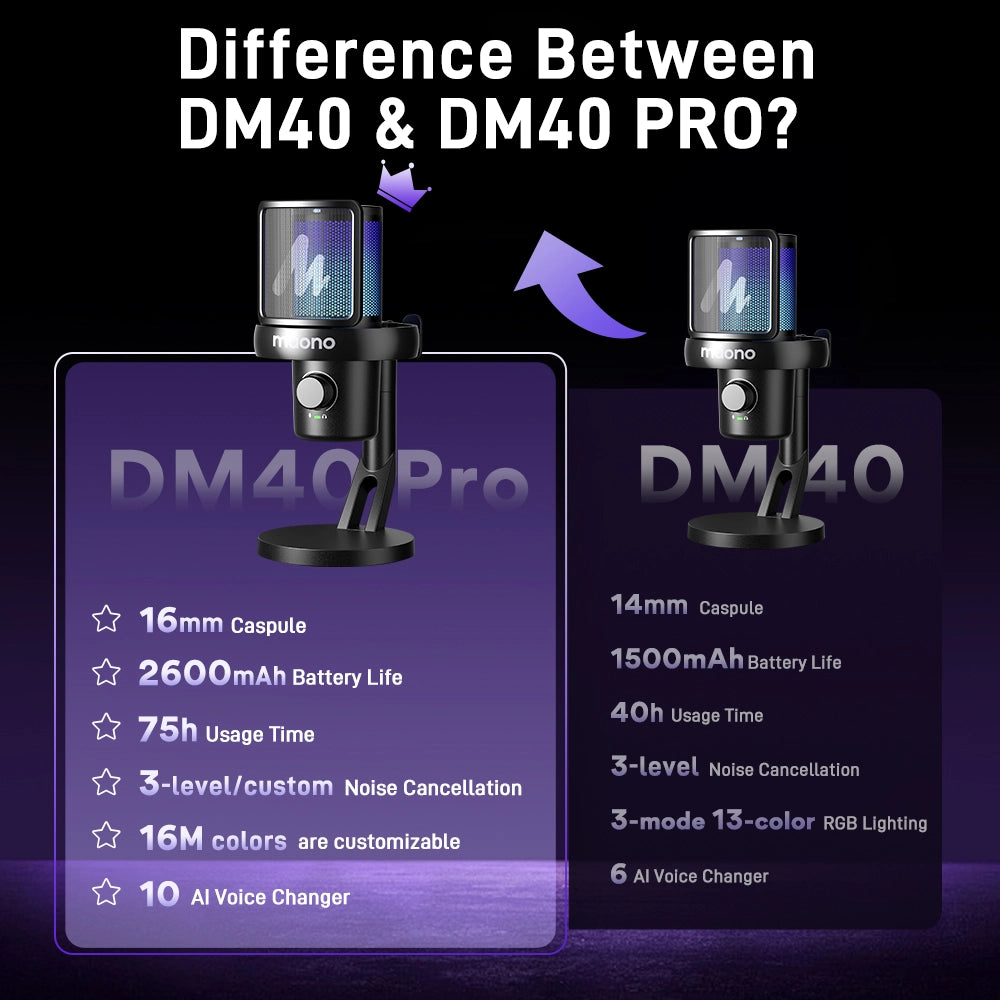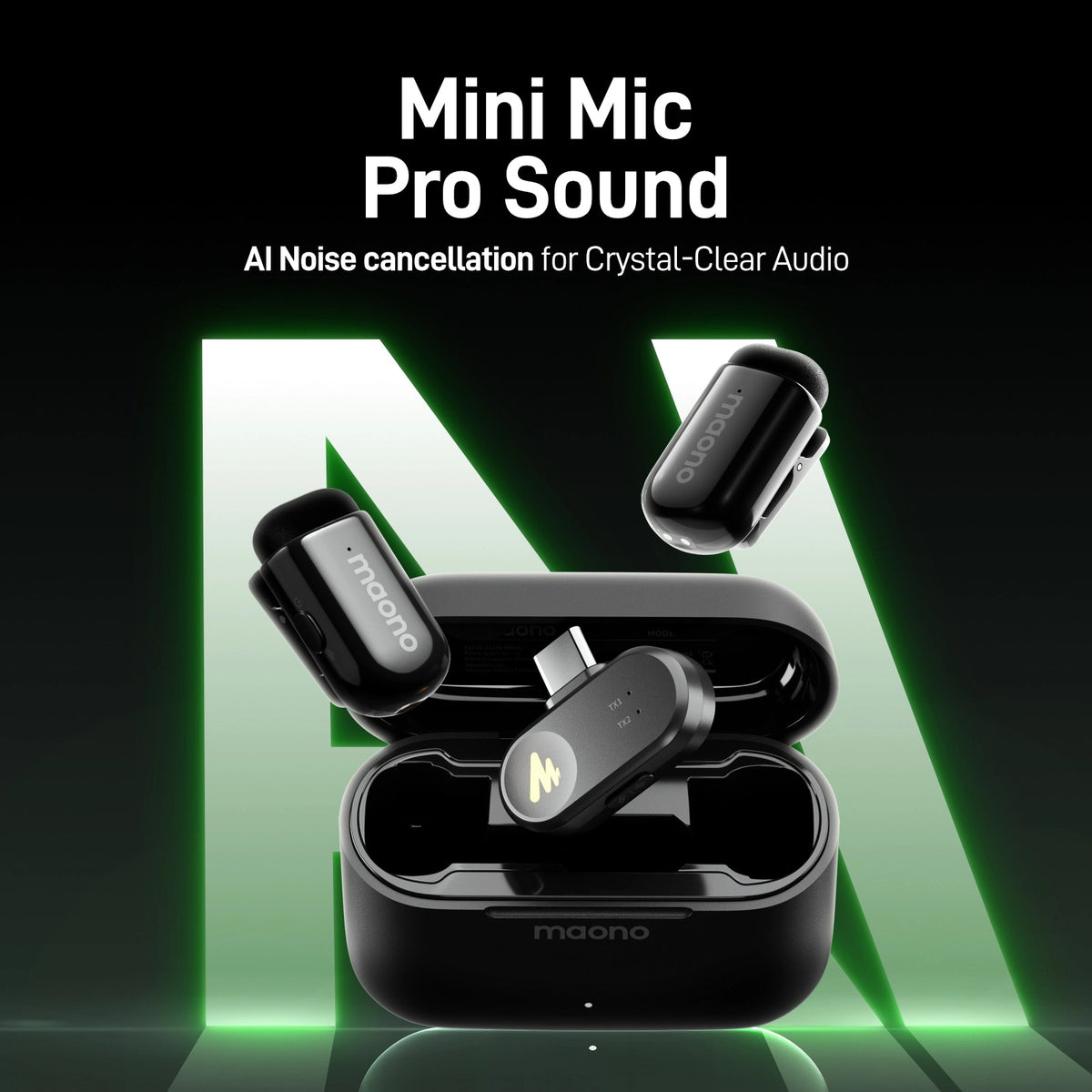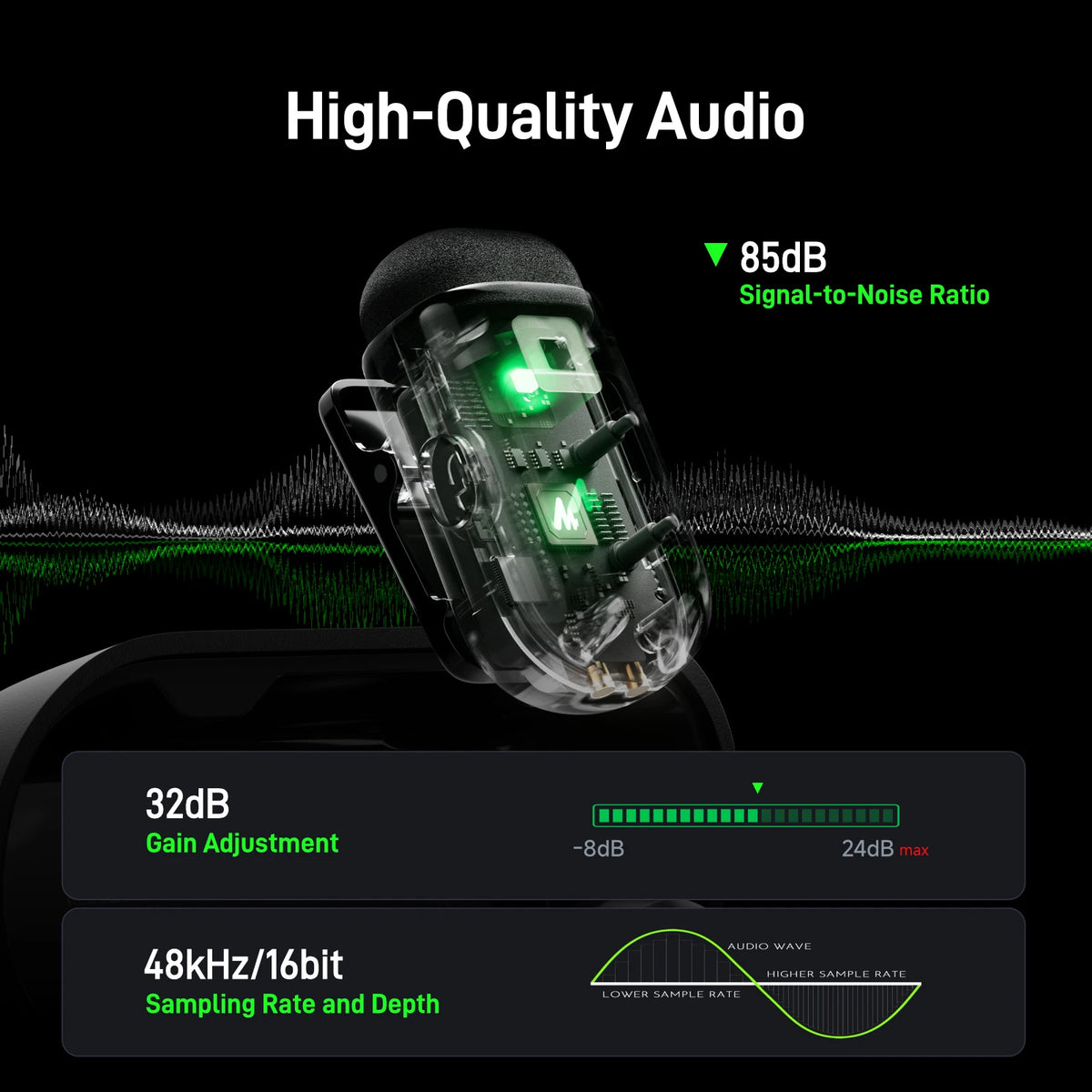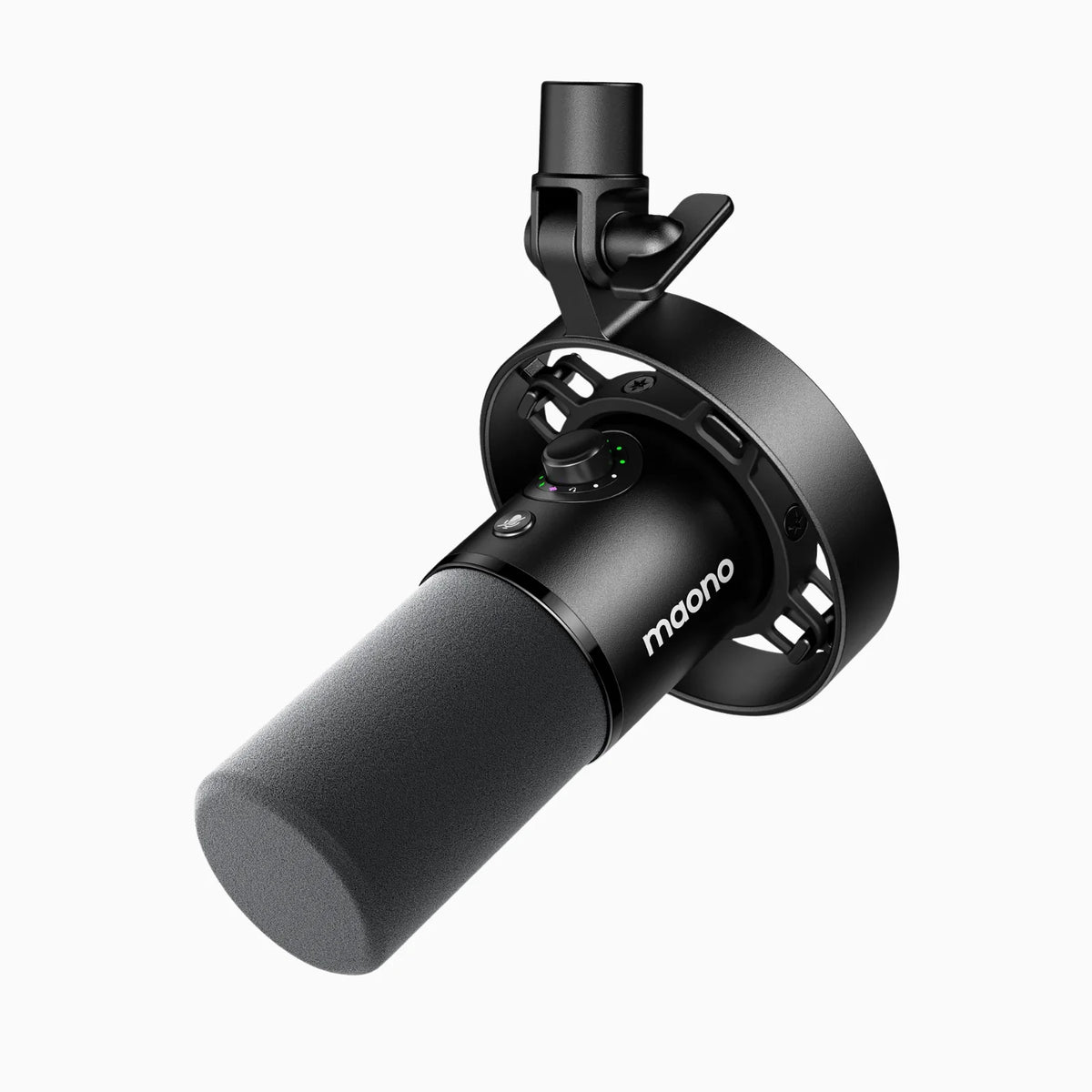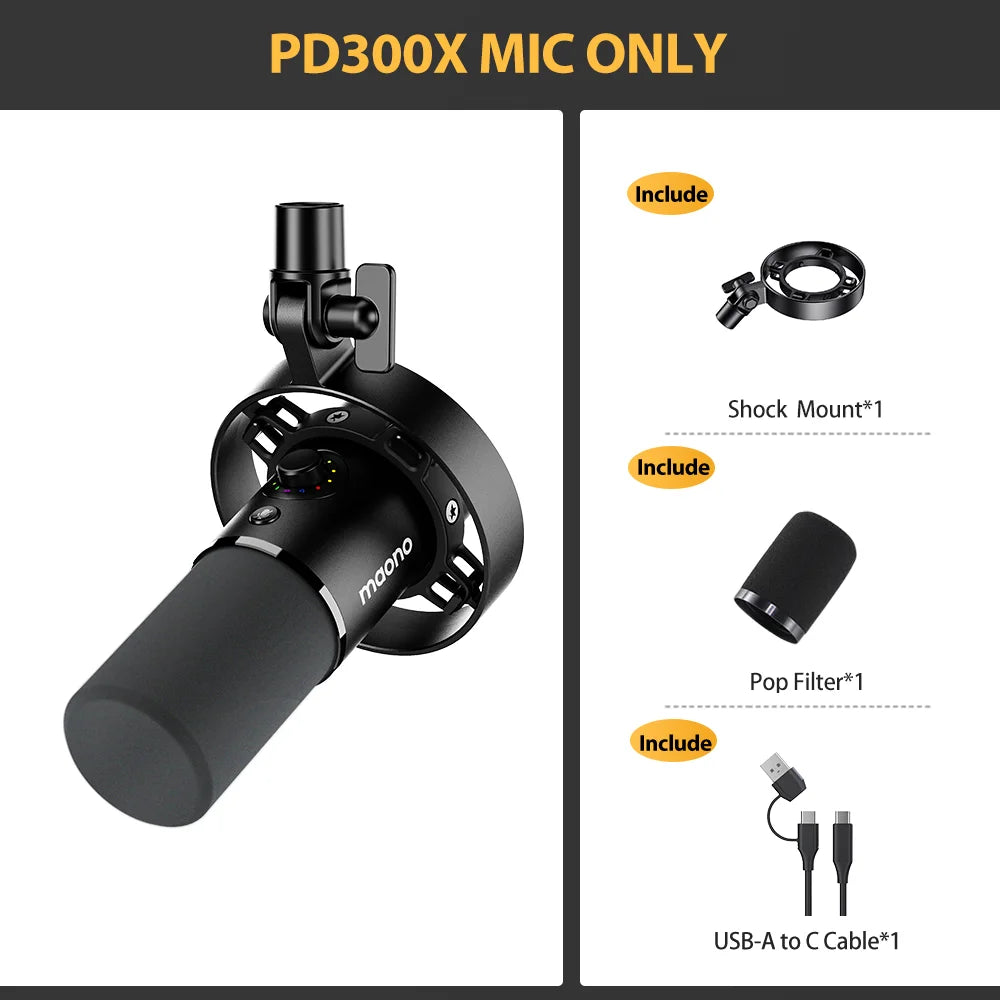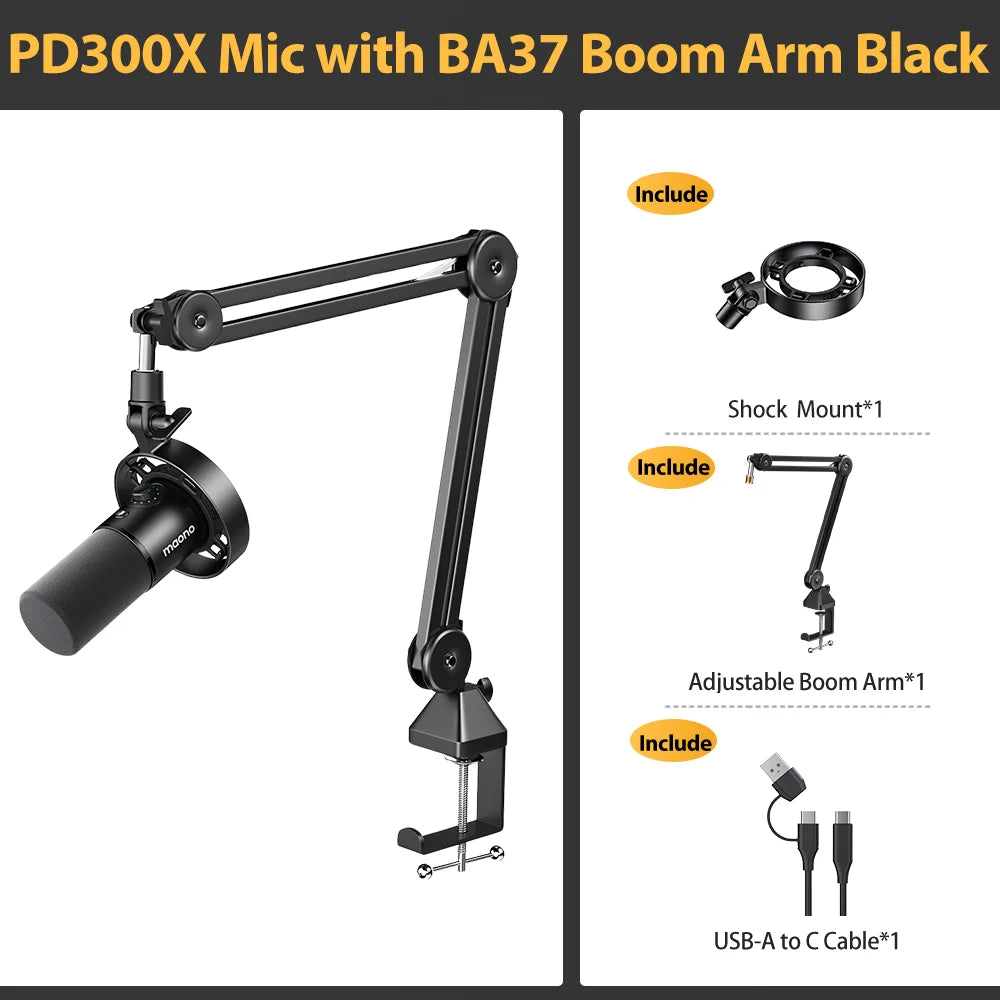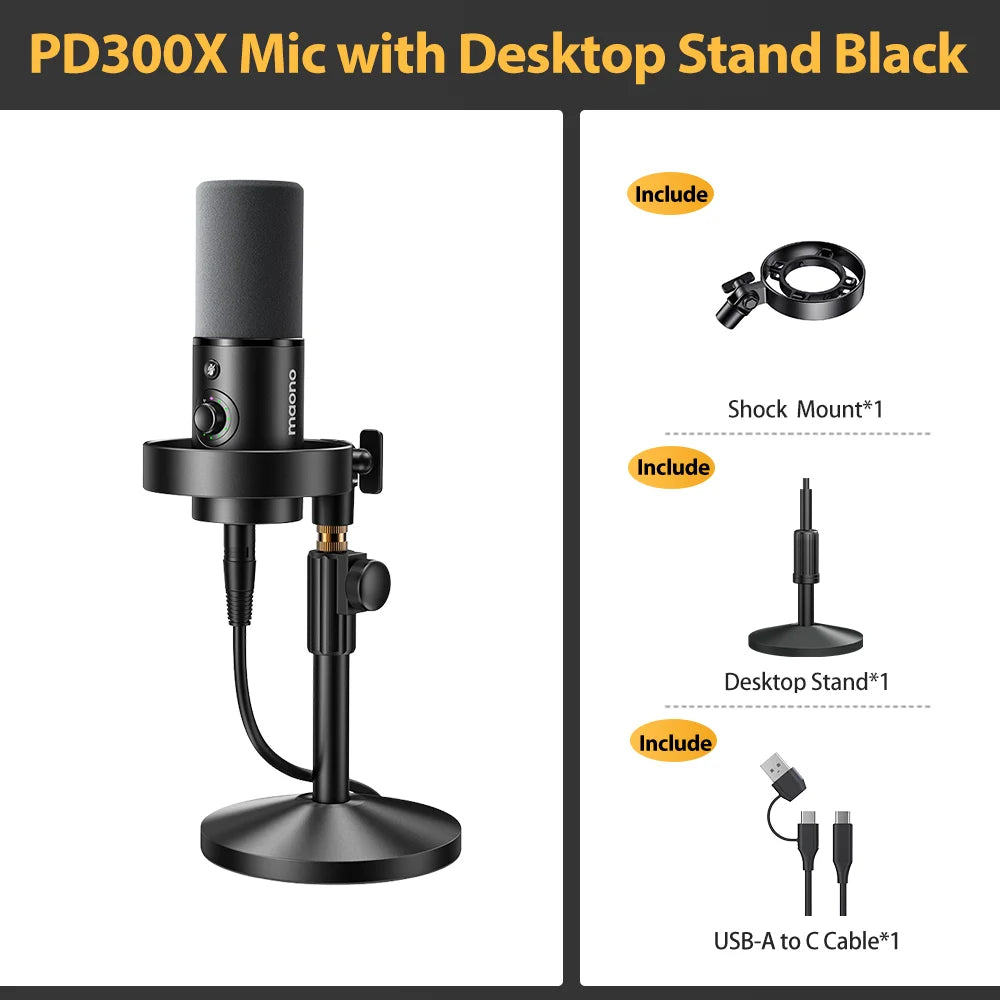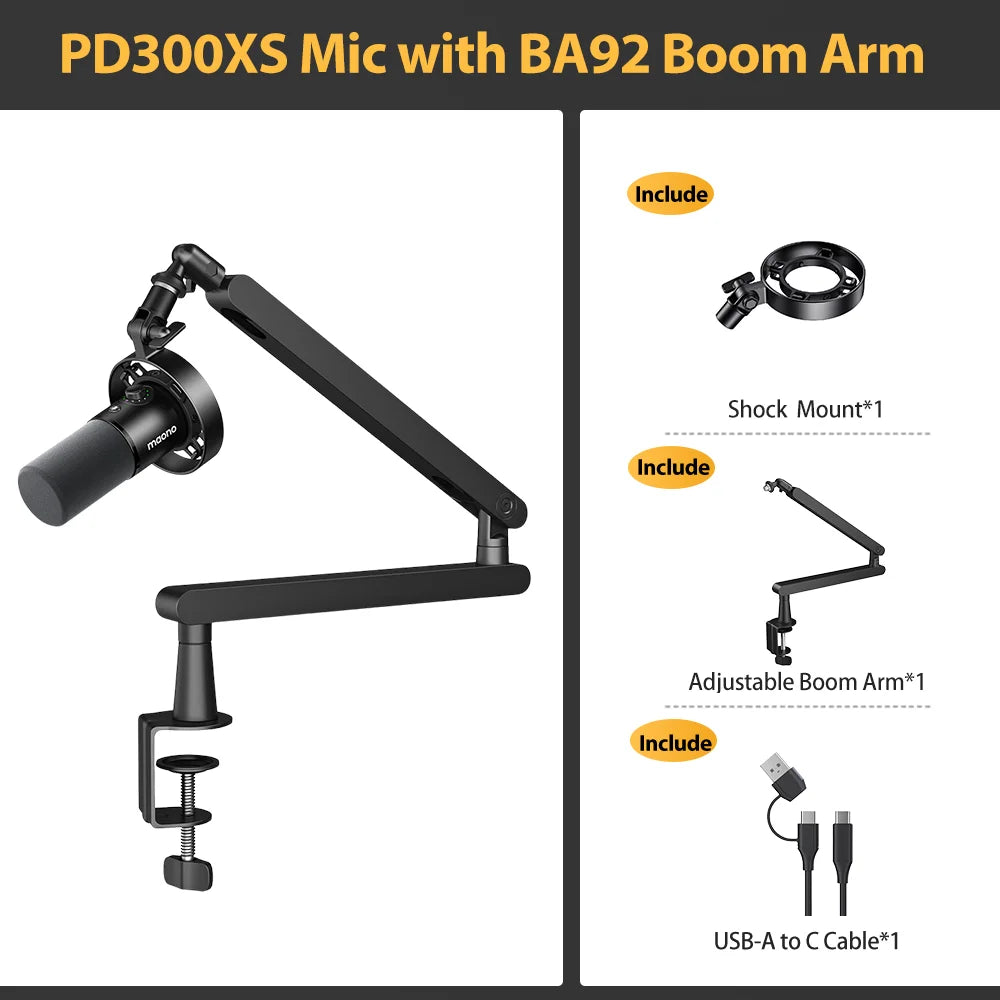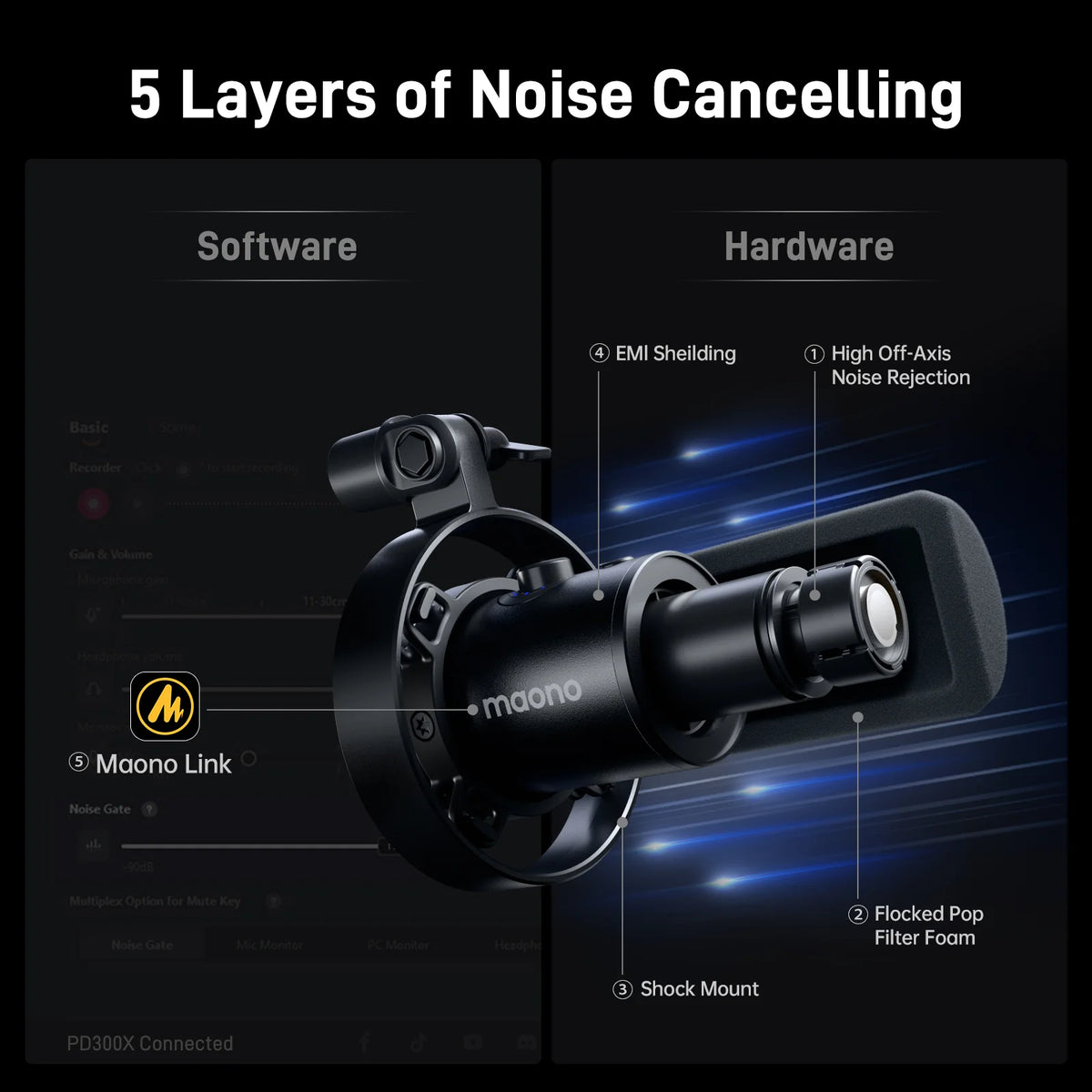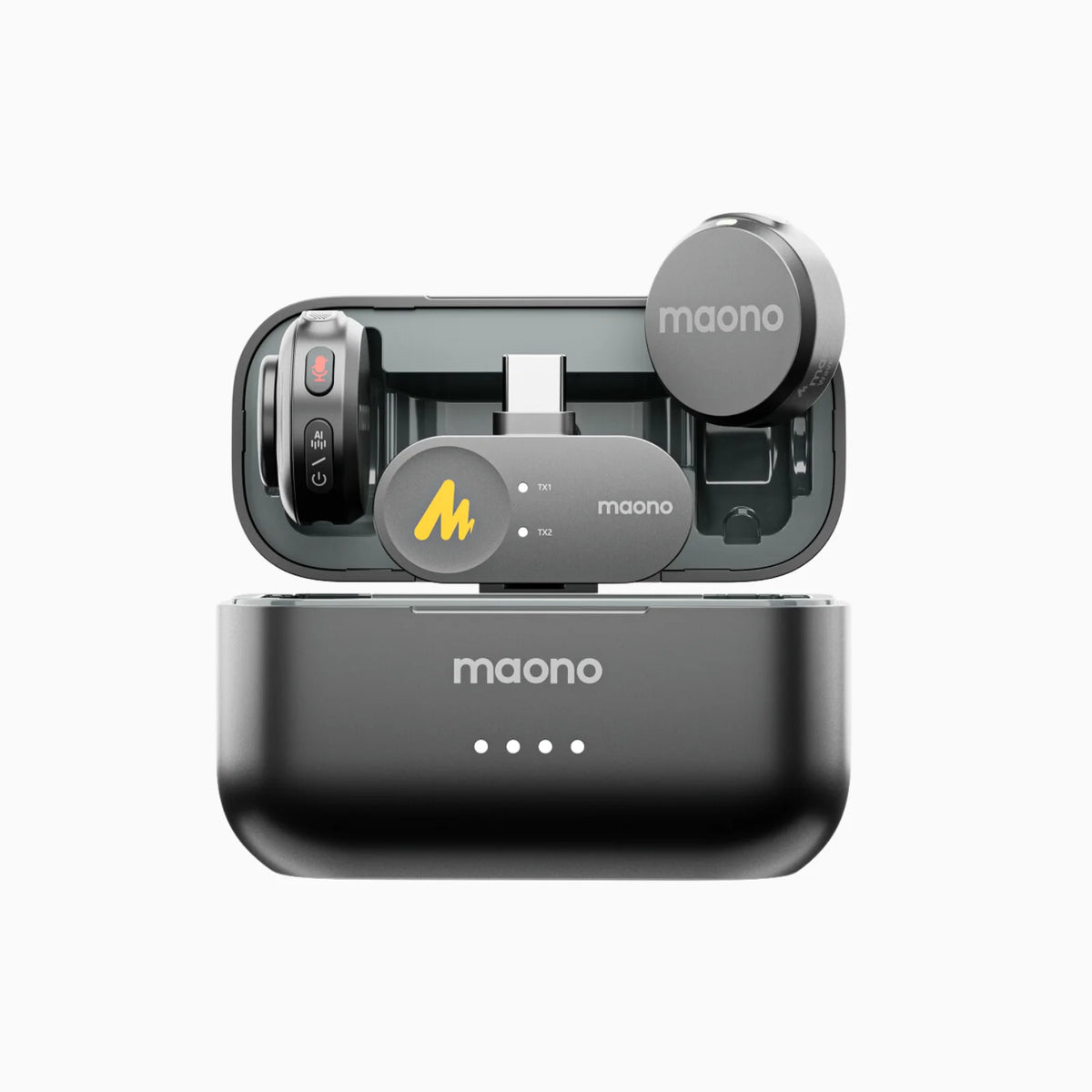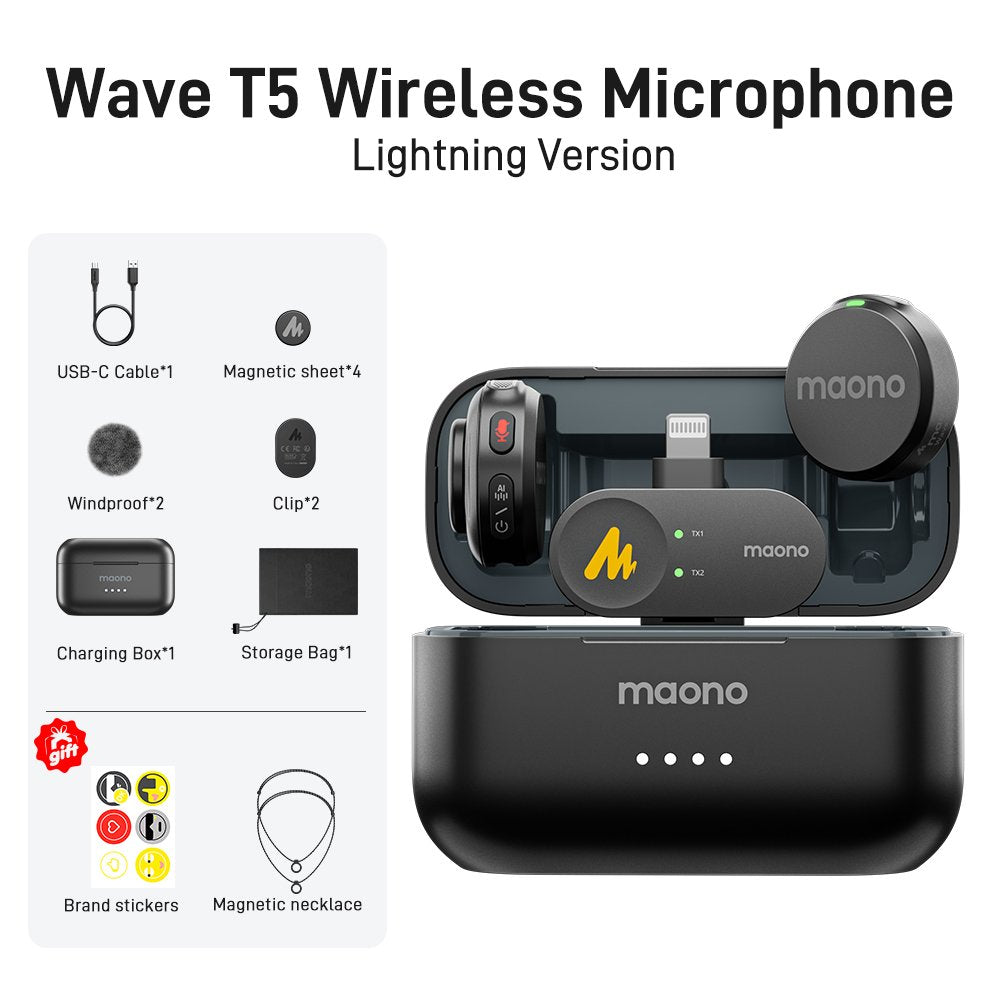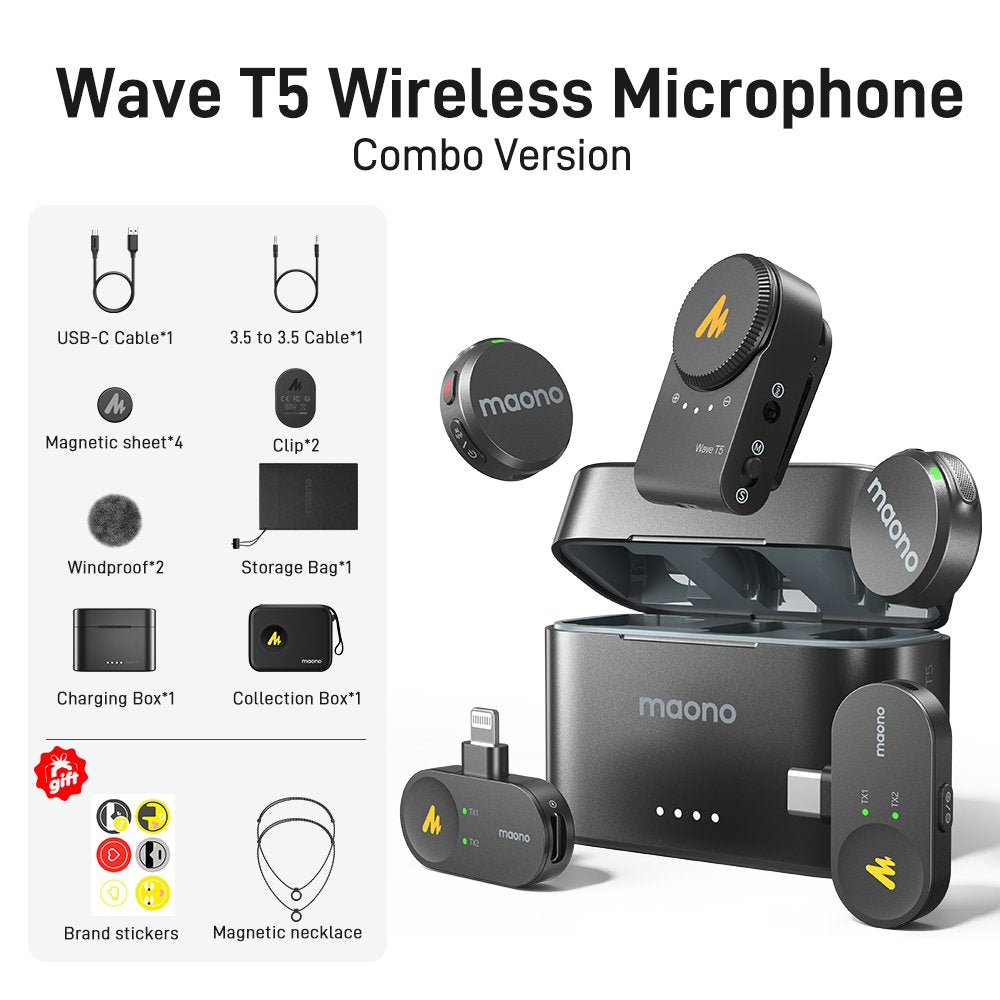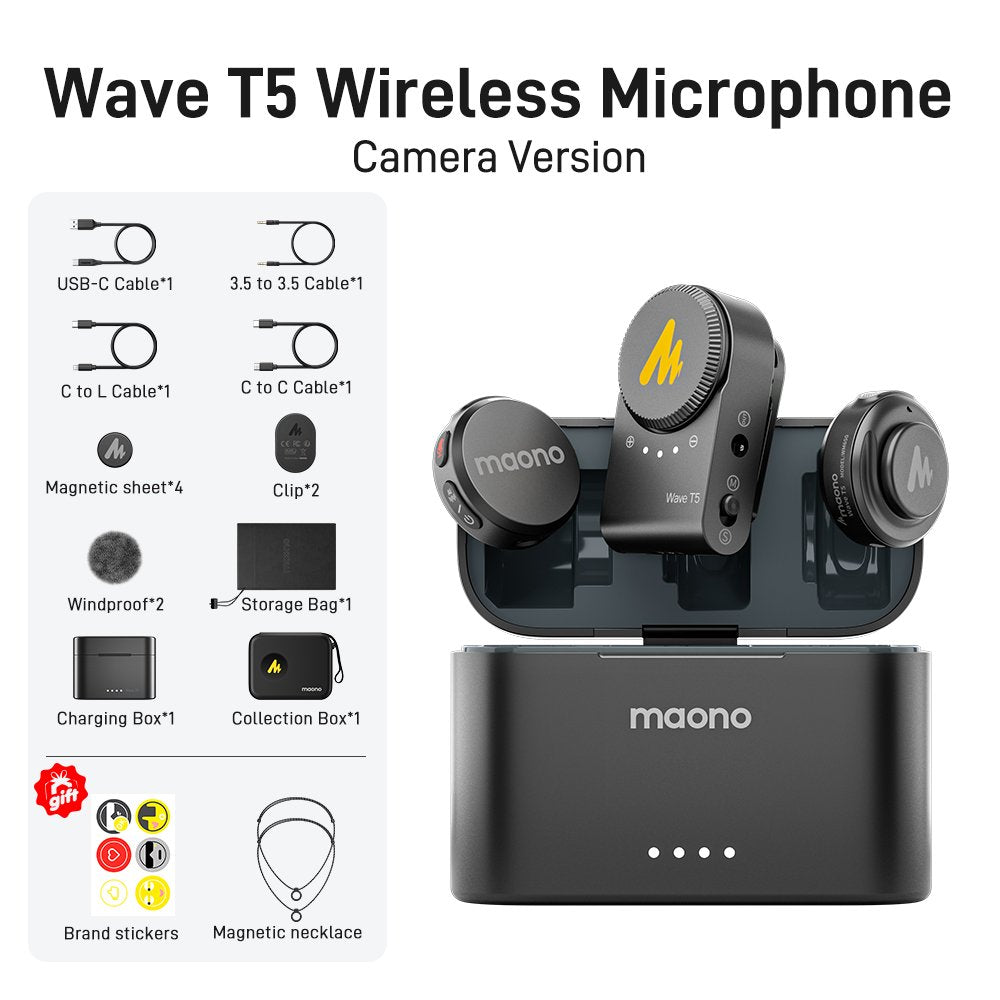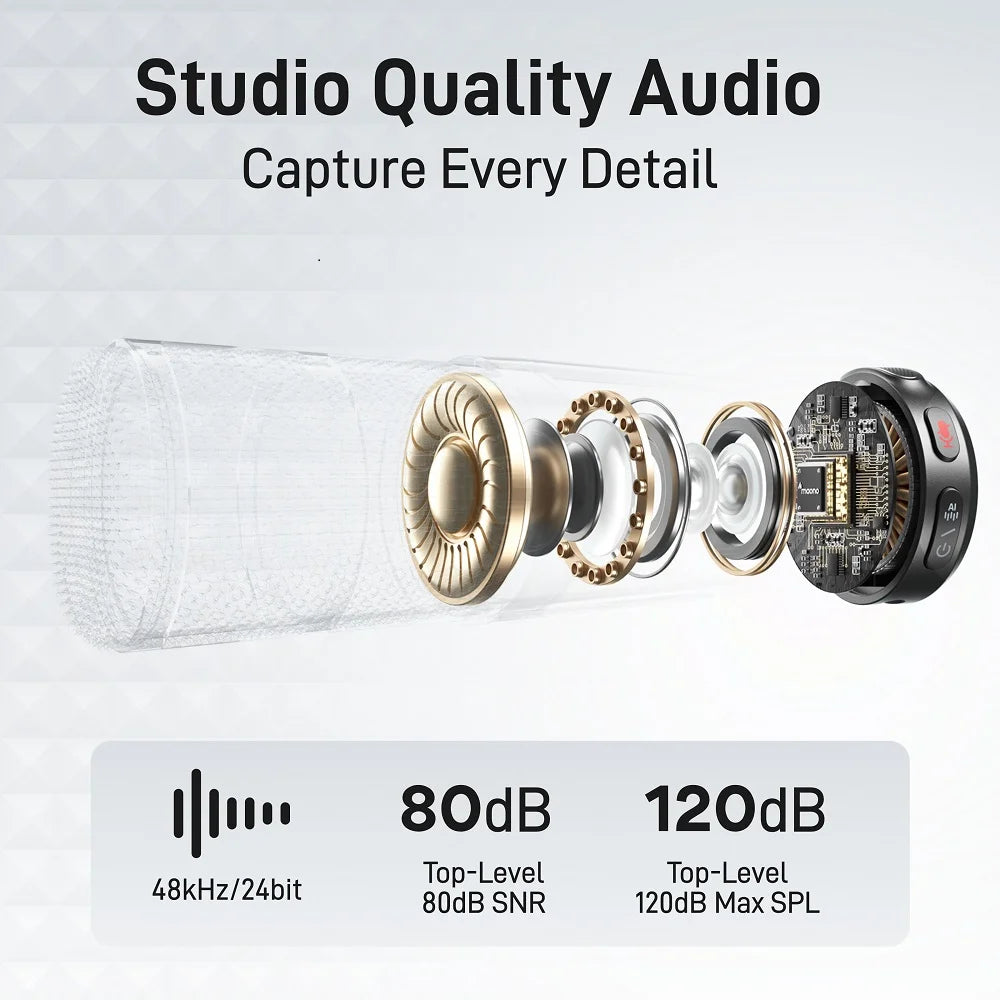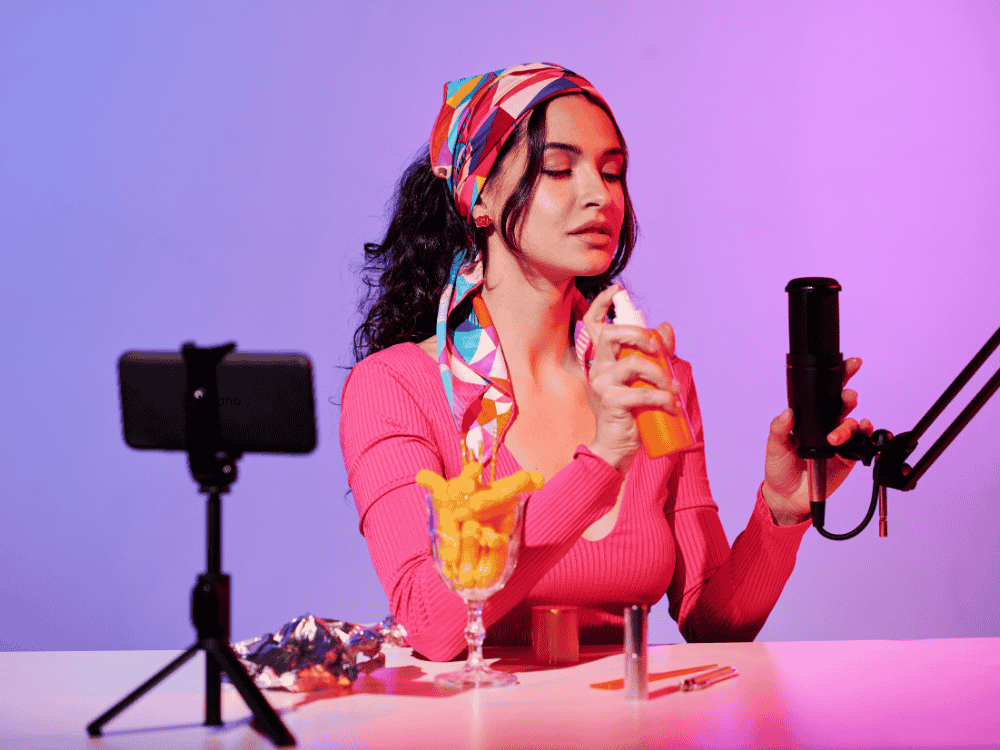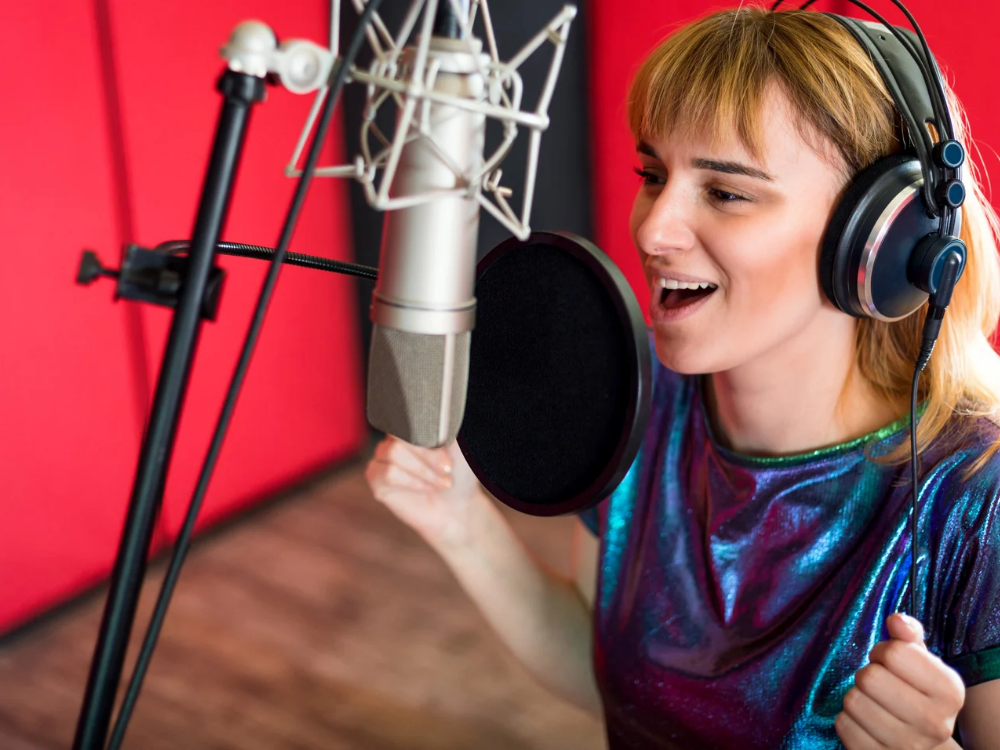Crystal-clear audio is essential whether you're podcasting, recording voice-overs, or streaming. A mic and pop filter combo can transform your recordings by eliminating harsh plosive sounds and ensuring professional sound quality from the start. For anyone serious about capturing pristine audio, choosing the right setup is key.
When recording professional-quality audio, using the right microphone is crucial—but pairing it with a pop filter can elevate your sound even further. Whether you’re recording podcasts, doing voice-overs, or vlogging, using a mic and pop filter helps reduce harsh sounds, such as plosives (the popping sounds that occur when pronouncing ‘P’s and ‘B’s). This leads to cleaner, clearer audio and a more enjoyable experience for your listeners. For those looking for top-notch audio performance in 2024, selecting a USB or XLR microphone with a quality pop filter is a must.
What Mic and Pop Filter Do I Need for Voice Over or Vlogging?
Selecting the right microphone and pop filter for voice-over work or vlogging depends on your specific needs. XLR mics are frequently chosen for voice-overs due to their exceptional sound quality and adaptability. Pop filters and XLR microphones work together to lessen plosives, giving your recordings a polished, industry-standard sound. Plug-and-play USB microphones with pop filters are usually more convenient for vlogging, even though they still have excellent sound quality. You may be sure that your voice is clear and crisp by using a condenser microphone with a cardioid pickup pattern and a high-quality pop filter.
Is a Foam Windscreen and Pop Filter Together Overkill for a Mic?
The answer to the question of whether combining a foam windscreen and a pop filter is excessively heavy depends on your needs and the conditions in which you record. Foam windscreens are frequently used outdoors, with their main purpose being to lessen wind noise. Conversely, plosive sounds are meant to be eliminated by a pop filter. Usually, all you need to use is a pop filter while recording indoors in a controlled setting. However, by addressing both wind noise and plosives, utilizing both can improve the quality of your audio in windy or outdoor environments.
Top 3 USB Microphones with Pop Filter
For podcasters and streamers who prefer USB microphones with pop filters, here are the top three picks for 2024:
1. Blue Yeti Nano with Pop Filter
The Blue Yeti Nano is a compact and easy-to-use USB microphone. It delivers excellent audio quality and, when paired with a pop filter, effectively reduces plosives during voice recordings.
- Pros: Excellent sound clarity, compact design, easy plug-and-play functionality.
- Cons: Limited advanced settings compared to larger Yeti models.
- Price: Around $99 (mic) + $15 (pop filter).
2. Audio-Technica AT2020 USB+ with Pop Filter
The AT2020 USB+ is a usb mic with pop filter that provides high-quality, studio-level sound for podcasters and voice-over artists. This USB microphone with pop filter ensures that plosive sounds are minimized during recordings.
- Pros: Great audio detail and clarity, solid build quality.
- Cons: USB only; no XLR option.
- Price: Around $149 (mic) + $12 (pop filter).
3. Samson Q2U with Pop Filter
The Samson Q2U offers both USB and XLR connectivity, making it a versatile option for those looking to upgrade their gear over time. Adding a pop filter enhances vocal recordings, reducing unwanted noise.
- Pros: Dual USB/XLR functionality, budget-friendly.
- Cons: Build quality feels less premium.
- Price: Around $69 (mic) + $10 (pop filter).
Best XLR Mics with Pop Filter
For those looking to take their audio quality to the next level, XLR microphones are the go-to choice for professionals. Here are the five best XLR mics with pop filters in 2024, including two models from Maono:
1. Shure SM7B with Pop Filter
The Shure SM7B is renowned for its rich, warm sound and is a favorite among podcasters and musicians. Paired with a pop filter, it delivers unbeatable clarity, eliminating harsh plosive sounds.
- Pros: Superior sound quality, highly durable.
- Cons: Requires a preamp or audio interface with gain.
- Price: Around $399 (mic) + $20 (pop filter).
2. Rode NT1-A with Pop Filter
The Rode NT1-A is a highly sensitive condenser microphone known for its quiet recordings. With a pop filter, it becomes perfect for voice-over work, capturing every detail without plosive interruptions.
- Pros: Extremely low self-noise, smooth frequency response.
- Cons: Picks up background noise if the room is not soundproofed.
- Price: Around $229 (includes pop filter).
3. Maono PM500 XLR Mic with PF150F Pop Filter
The Maono PM500 is a premium XLR mic with pop filter designed for studio-quality recording. The included PF150F pop filter reduces plosive sounds for clear, professional audio, making it ideal for podcasting or voice-over work.
- Pros: Excellent sound reproduction, including pop filter.
- Cons: Requires an audio interface.
- Price: Around $149.99 (mic + pop filter included).
4. Maono HD300 with Pop Filter

The Maono HD300 dynamic microphone is versatile and ideal for voice recording. It comes with a high-quality pop filter that significantly reduces plosives while maintaining clear, distortion-free audio.
- Pros: USB/XLR hybrid functionality, durable design.
- Cons: USB connection might limit some pro-level sound customizations.
- Price: Around $64.99 (mic + pop filter included).
5. Audio-Technica AT2035 with Pop Filter
The Audio-Technica AT2035 is a robust condenser microphone that, when combined with a pop filter, offers smooth, rich sound for professional-level recordings. It excels in isolating the voice from ambient noise, producing broadcast-quality sound.
- Pros: Excellent noise isolation, and smooth frequency response.
- Cons: Requires an audio interface.
- Price: Around $149 (mic) + $12 (pop filter).
6. Maono PM325 Condenser Microphone

The Maono PM325 is a professional-grade XLR condenser microphone designed for studio recording, featuring a cardioid polar pattern that isolates the main sound source and reduces background noise. It delivers a wide frequency response for detailed and clear audio, making it ideal for vocals and instruments.
Pros:
- Excellent sound clarity with low noise levels.
- The cardioid pattern effectively reduces ambient noise.
Cons:
- Requires an audio interface with phantom power for use.
- XLR connectivity may not be ideal for beginners without additional equipment.
Price: Approximately $69.99
Is it Better to Speak Directly Into the Mic with a Pop Filter On, or Is It Better to Keep the mic off-axis?
Speaking directly into the microphone with a pop filter on is generally the best approach, especially for condenser microphones. The pop filter helps to mitigate plosives and keep the audio clear, even when speaking directly into the mic. However, for dynamic microphones (often used in live settings), positioning the microphone slightly off-axis can reduce the intensity of plosives while still capturing clean sound. The setup largely depends on the microphone type and the environment in which you are recording.
What Kind of Pop Filter Should I Buy for a Dynamic Mic?
An adjustable, long-lasting pop filter is perfect for dynamic microphones. Seek for a pop filter that has an adjustable gooseneck so you may adjust its exact position in front of the microphone. One excellent example is the Maono PF150F mic pop filter, which uses a dual-layer mesh design to efficiently block plosives without sacrificing sound quality. It is a flexible option for podcasters and streamers because it works with a variety of dynamic and condenser microphones.
Special Features of the Maono PF150F Pop Filter:
- Dual-layer mesh: Effectively reduces plosive sounds.
- Flexible gooseneck: Easy to adjust for the perfect position.
- Wide compatibility: Fits a variety of microphone stands and arms.

Frequently Asked Questions
1. Which One is Better: Built-in Pop Filters or External Ones? Why?
In general, pop filters that are external perform better than those that are built-in. Although built-in filters are practical, they might not completely stop plosives and are typically smaller. External pop filters are the recommended option for professional recordings since they provide total protection from strong noises, especially the bigger, multi-layer models.
2. How Does the Maono Pop Filter Compare to Other Filters in Reducing Plosives?
The Maono pop filter, particularly the PF150F, is highly effective in reducing plosives thanks to its dual-layer mesh. Compared to other pop filters in a similar price range, the Maono filter offers better plosive protection and is more durable, making it an excellent choice for those looking for professional audio quality.
3. Is the Maono Pop Filter Easy to Adjust and Position?
Yes, the Maono pop filter is designed for easy positioning. Its flexible gooseneck allows users to adjust it with ease, ensuring that it’s properly positioned in front of the microphone for optimal plosive reduction.
Conclusion
Whether you’re starting a podcast, recording voice-overs, or vlogging, using the right microphone and pop filter combination is essential for achieving clear and professional audio. With top USB and XLR microphone options paired with effective pop filters, you can drastically reduce plosive sounds and enhance the quality of your recordings. In 2024, there are numerous affordable and high-quality mic and pop filter combos to choose from, including standout models from Maono that deliver both performance and value.


